How to start a fire with Pine Cones
Autumn is the perfect time of year to forage for pine cones. Here in the UK, pine cones grow on several types of pine tree, including our only native species, Scots Pine (Pinus sylvestris) which is the most common pine tree in the world.
Why use pine cones?
They are a great form of kindling just as they are – they are woody, but not too dense, have a large surface area for their mass and light easily when dry.

Next time you go for a walk in the woods, take a bag with you to forage for pine cones from the floor (or stuff a few in your pockets). Then simply put them somewhere dry – a basket by the fire is as good a place as any and let them dry out for a couple of weeks before use. Then lay them in your fire as you would kindling and light them with a natural fire lighter.
Alternatively you can make them into natural firelighters by adding wax to them:
How to make cone firelighters:
- Collect pine cones and spread them on a sheet of tin foil on a baking tray.
- Put them in the oven on a very low temperature (60-80 degrees C) for about an hour to dry out quickly.
- In a suitable container melt some wax – this could be old or broken candles, beeswax or candle making wax – whatever you have to hand.
- For scented firelighters which will give your fire a wonderful aroma, use scented candle wax or stir in ground cinnamon, cloves, and other spices into the melted wax.
- Tie a wick to the dry cone and dip it in the melted wax. Set aside to dry.
- Store until ready to use

Did you know?
Pine cones range in size from small, stumpy barrel-shaped cones measuring around 2 cm to long cylinder-like cones measuring 50 cm long.
After pollination by wind, the female flowers turn green and develop into cones. They mature the following season, so there are always cones of different ages on the one tree. Mature cones are grey-brown with a raised, circular bump at the centre of each scale.
Pine cones can indicate levels of humidity in the air. They usually close up when damp and then open when it’s dry (to disperse their seeds on the wind). Cones that are opened or closed on the ground also indicate how dry the ground is.



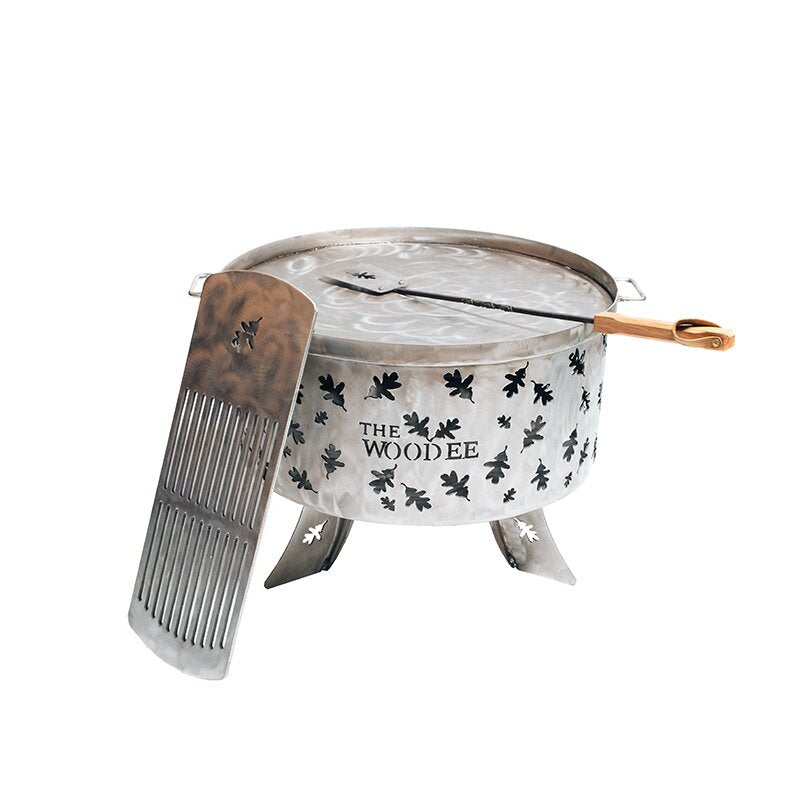
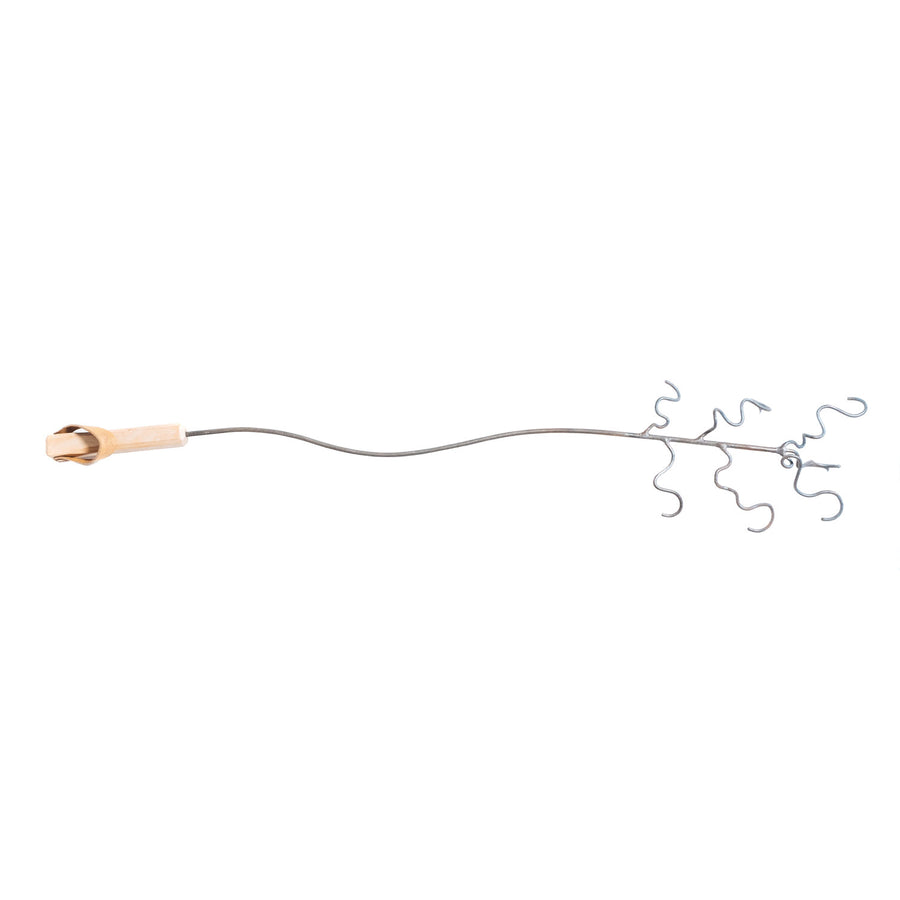
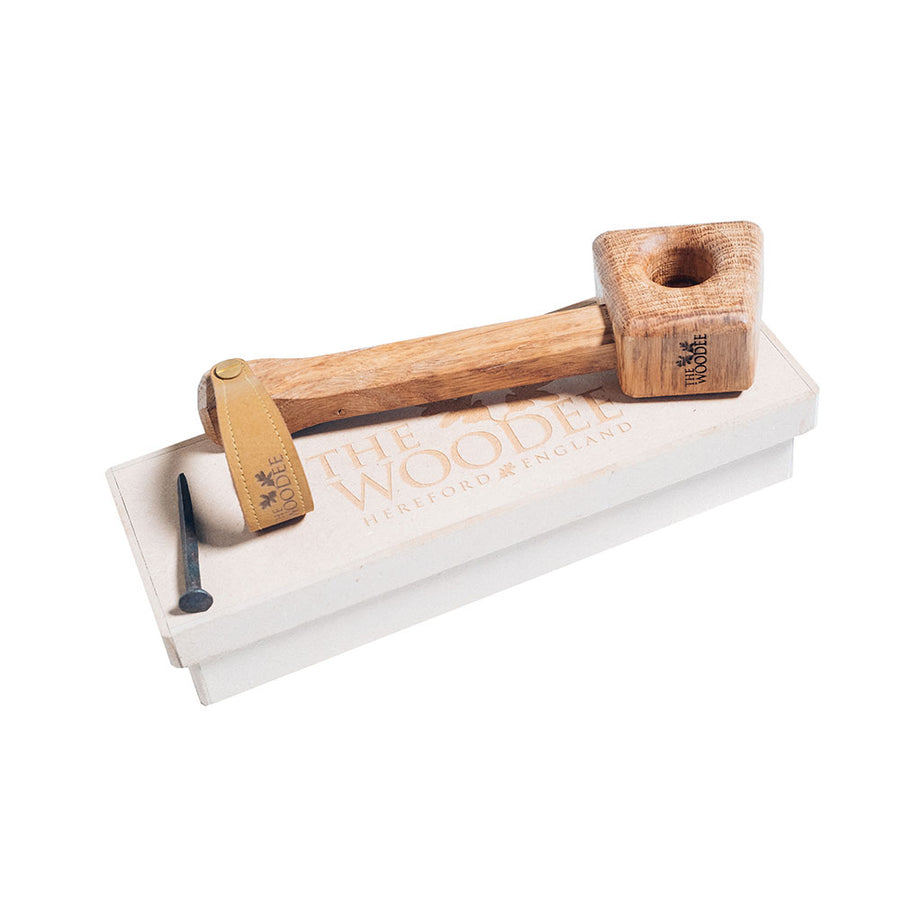

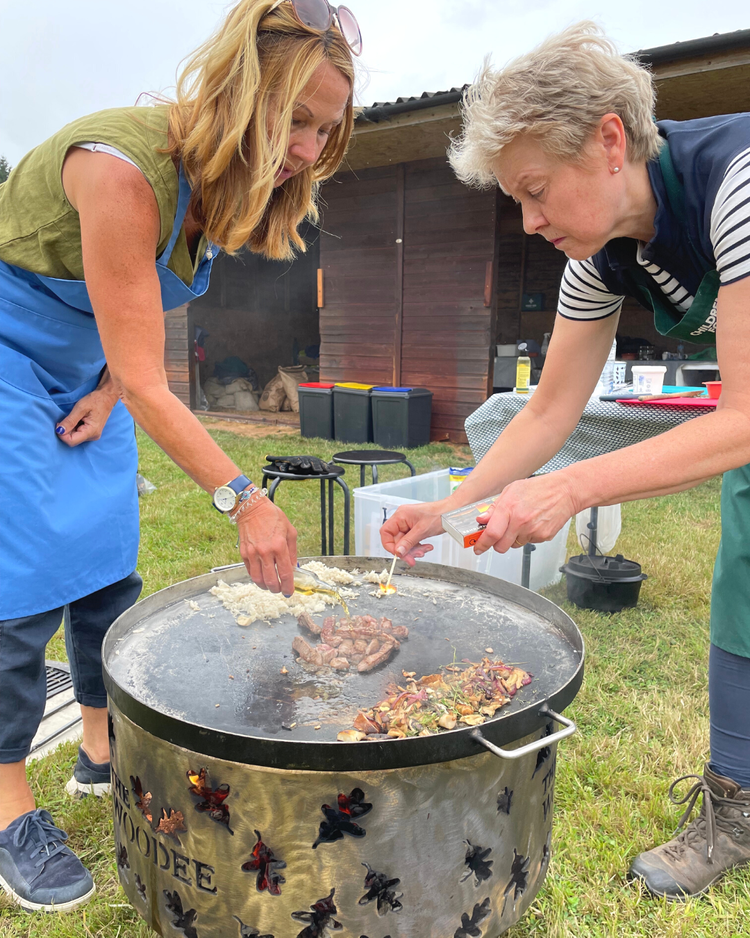
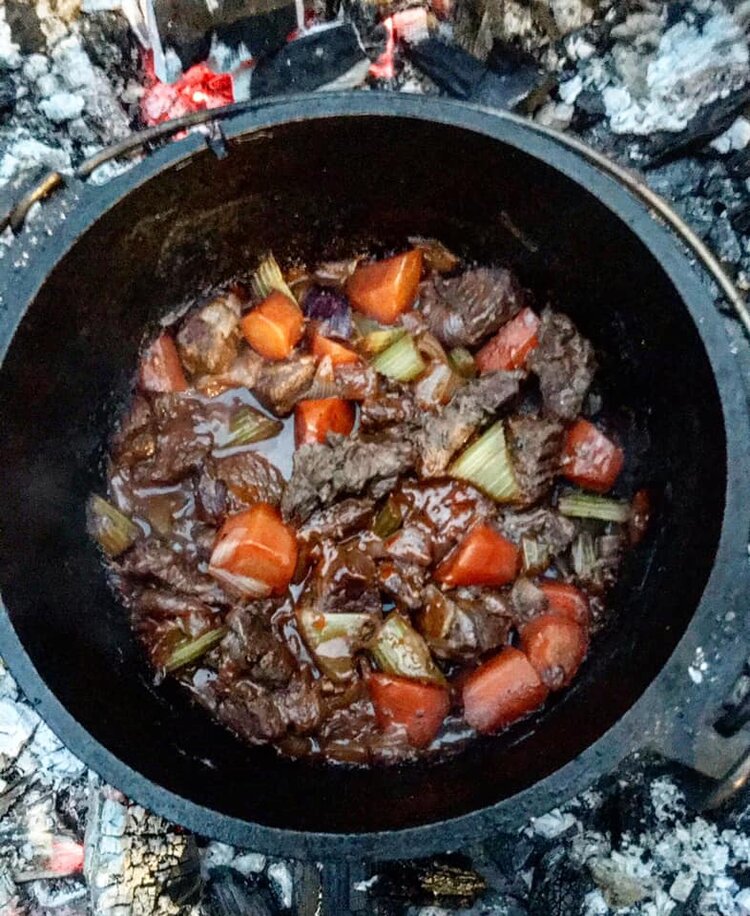


Leave a comment